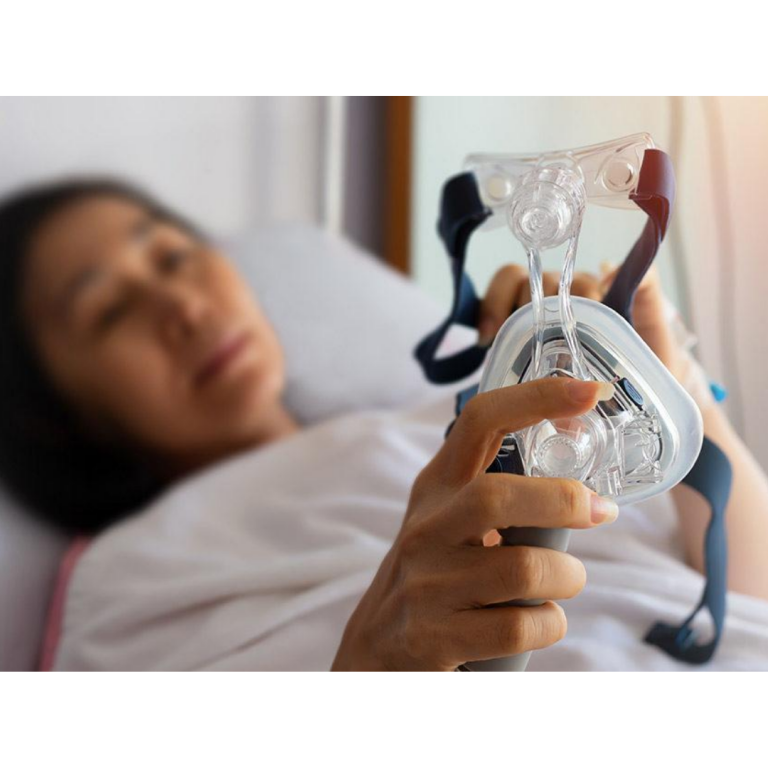
Chronic obstructive pulmonary disease (COPD) is a progressive lung disease that makes it difficult to breathe. COPD includes chronic bronchitis and emphysema, and it affects millions of people worldwide. The most common cause of COPD is smoking, but exposure to air pollution, dust, and fumes can also contribute to the disease. COPD can severely limit a person's ability to carry out daily activities, and it can even be life-threatening in advanced stages.
Continuous positive airway pressure (CPAP) therapy is commonly used to treat sleep apnea, a condition where breathing is interrupted during sleep. A CPAP machine is a medical device that is primarily used to treat sleep apnea. CPAP therapy works by providing a constant flow of air through a mask, which helps to keep the airway open and prevent apnea episodes. However, recent studies have shown that CPAP therapy may also have benefits for people with COPD.
CPAP therapy for COPD works in a similar way to sleep apnea treatment. By providing a constant flow of air, CPAP can help to keep the airway open and make breathing easier. This can be especially helpful for people with COPD who experience shortness of breath, as it can improve their oxygen levels and reduce the workload on their lungs.
There are several ways that CPAP therapy can be beneficial for people with COPD.
First, it can improve the quality of sleep. People with COPD often experience sleep disturbances due to their symptoms, which can worsen their overall health. CPAP therapy can help to improve sleep quality and reduce the risk of complications associated with poor sleep.
Second, CPAP therapy can improve oxygen levels. People with COPD often have low oxygen levels, which can worsen their symptoms and increase the risk of complications. CPAP therapy can help to improve oxygen levels by increasing the amount of air that is delivered to the lungs.
Third, CPAP therapy can reduce the workload on the lungs. People with COPD often have to work harder to breathe, which can tire them out and make it difficult to carry out daily activities. CPAP therapy can help to reduce the workload on the lungs by providing a constant flow of air, which can make breathing easier and reduce the risk of fatigue.
Finally, CPAP therapy can help to reduce the risk of exacerbations. Exacerbations are episodes where COPD symptoms worsen suddenly and significantly, often requiring hospitalization. CPAP therapy can help to reduce the risk of exacerbations by improving the overall health of the lungs and reducing the workload on the respiratory system.
While CPAP therapy can be beneficial for people with COPD, it is important to note that it is not a cure for the disease. COPD is a chronic condition that requires ongoing management and treatment. CPAP therapy should be used in conjunction with other treatments, such as medication, oxygen therapy, and pulmonary rehabilitation.
There are several types of CPAP machines available, each with its own set of features and benefits. The most common type of CPAP machine is the standard CPAP machine, which delivers a constant flow of air through a mask. Other types of machines include bilevel positive airway pressure (BiPAP) machines, which deliver different levels of air pressure during inhalation and exhalation, and automatic positive airway pressure (APAP) machines, which adjust the air pressure based on the patient's breathing patterns.
When using a CPAP machine for COPD, it is important to work closely with a healthcare provider to determine the appropriate settings and mask type. The pressure settings and mask type may need to be adjusted over time to ensure optimal treatment. In addition to working with a healthcare provider, there are several steps that people with COPD can take to manage their symptoms and improve their overall health. Quitting smoking is the most important step, as smoking is the leading cause of pneumonia.